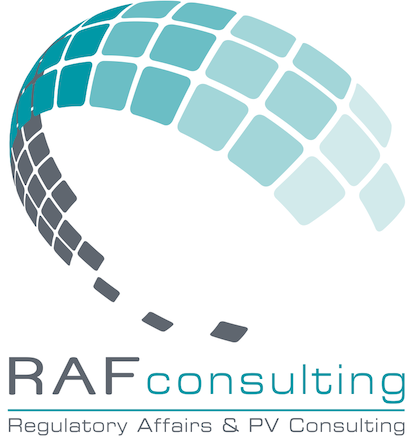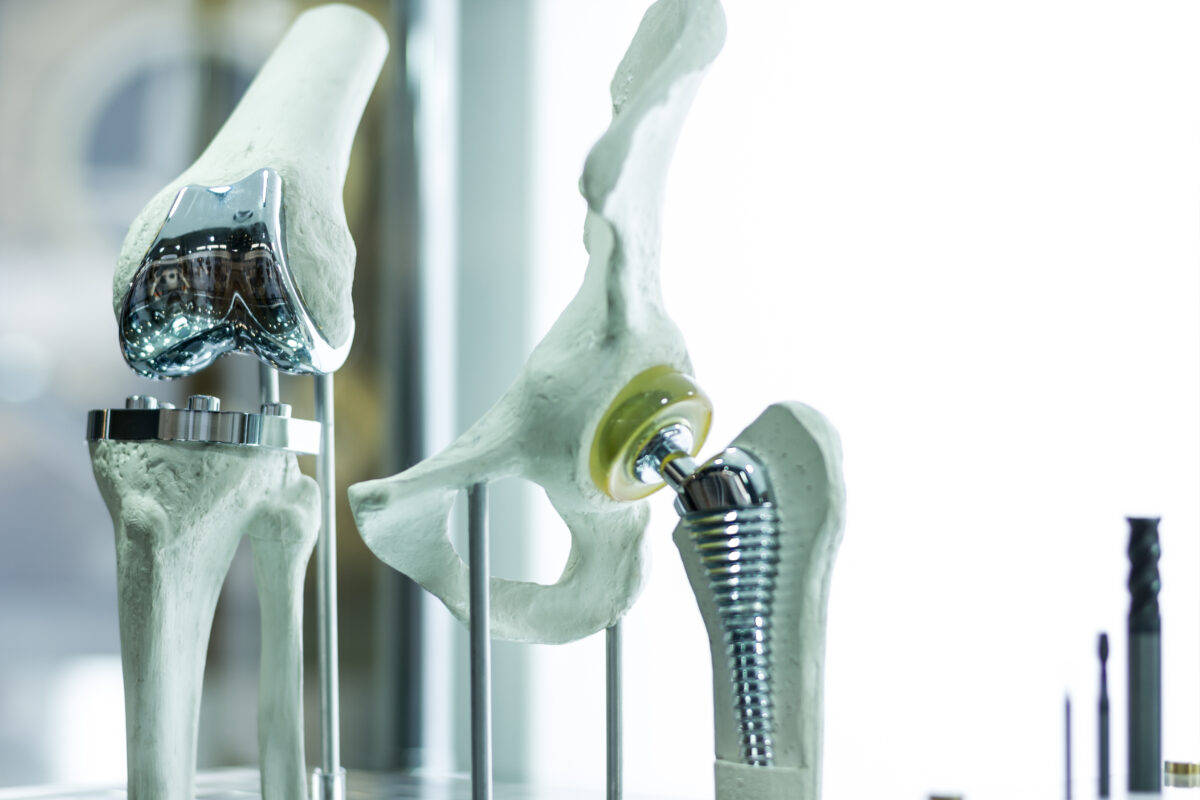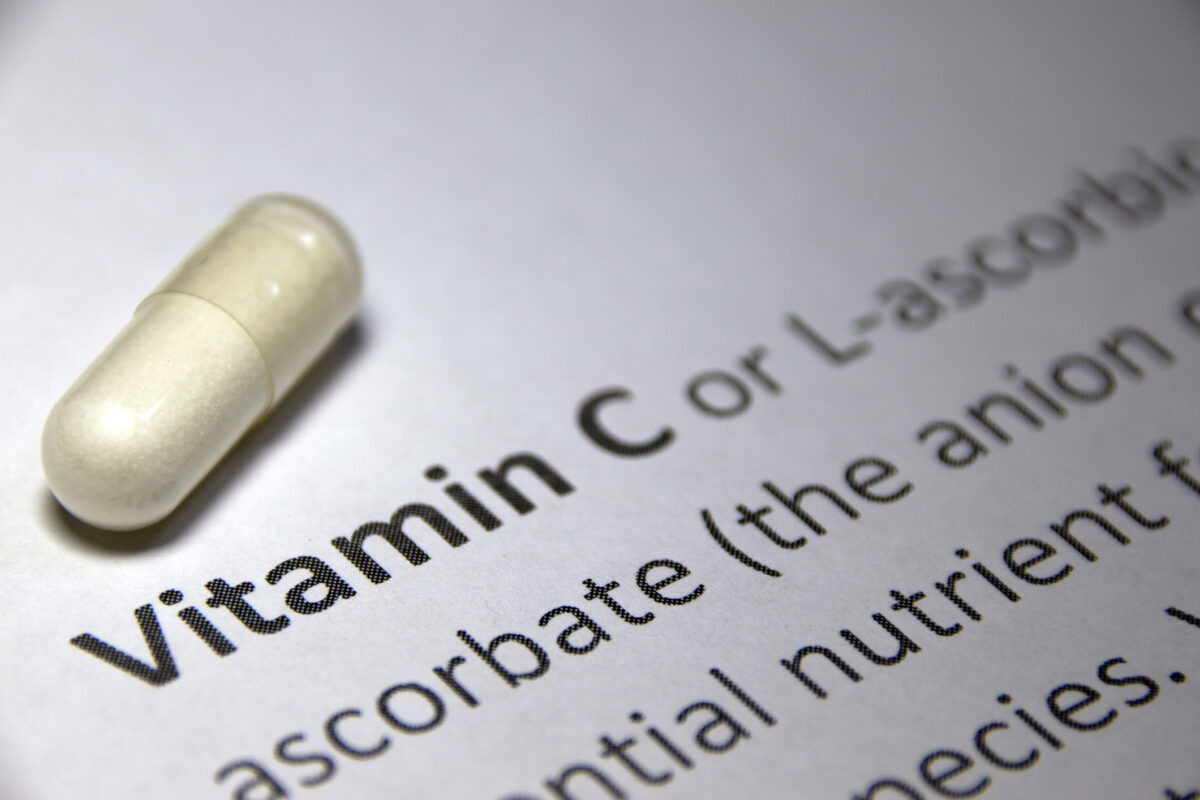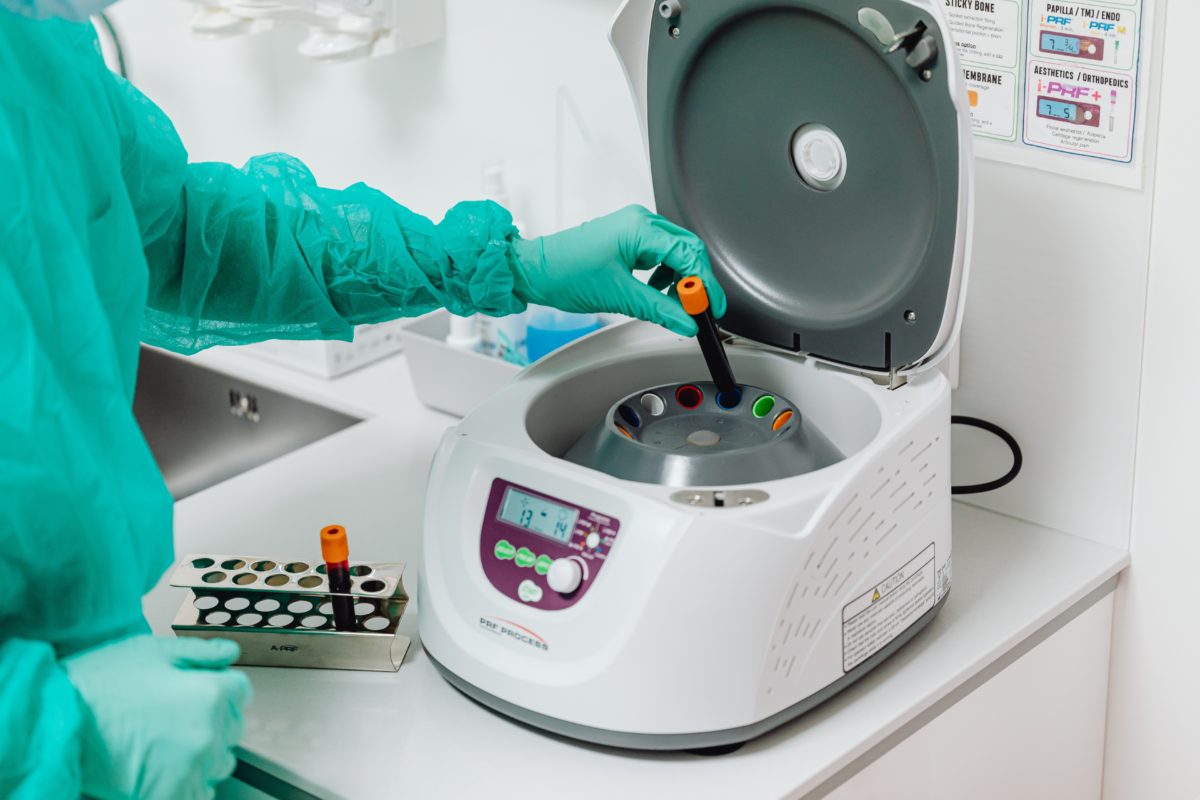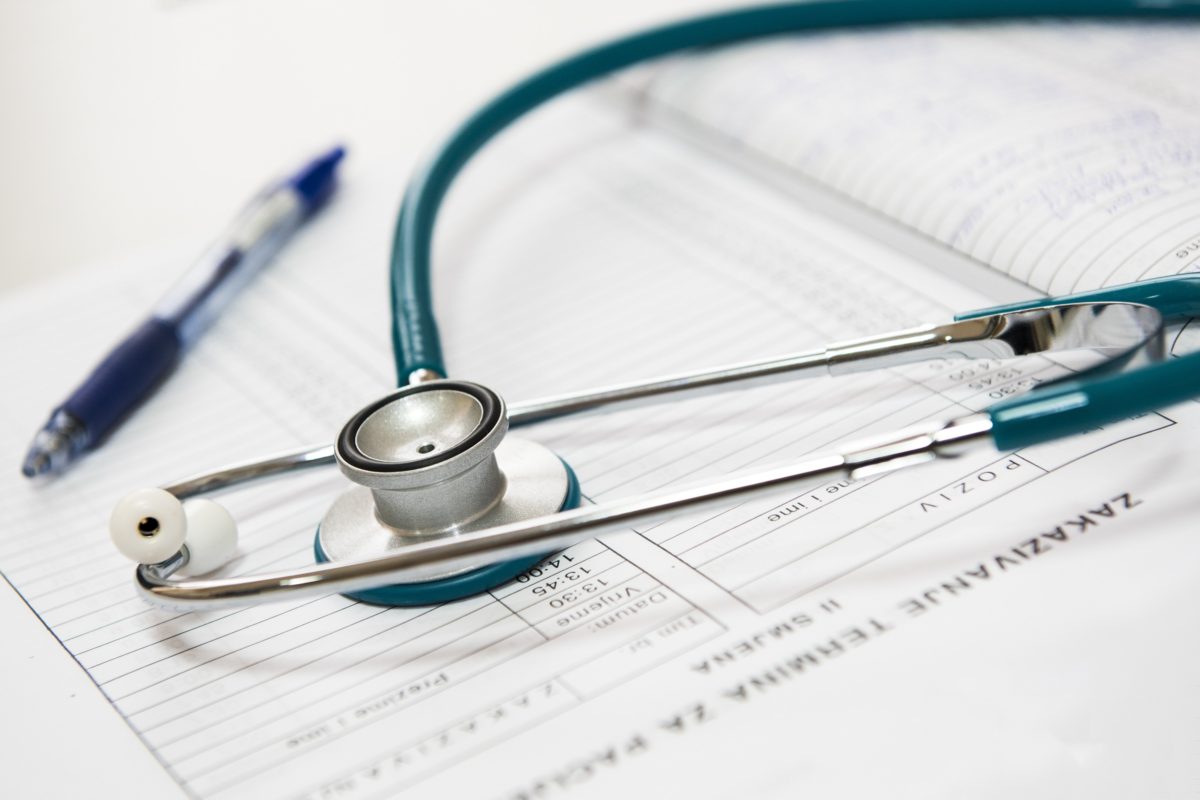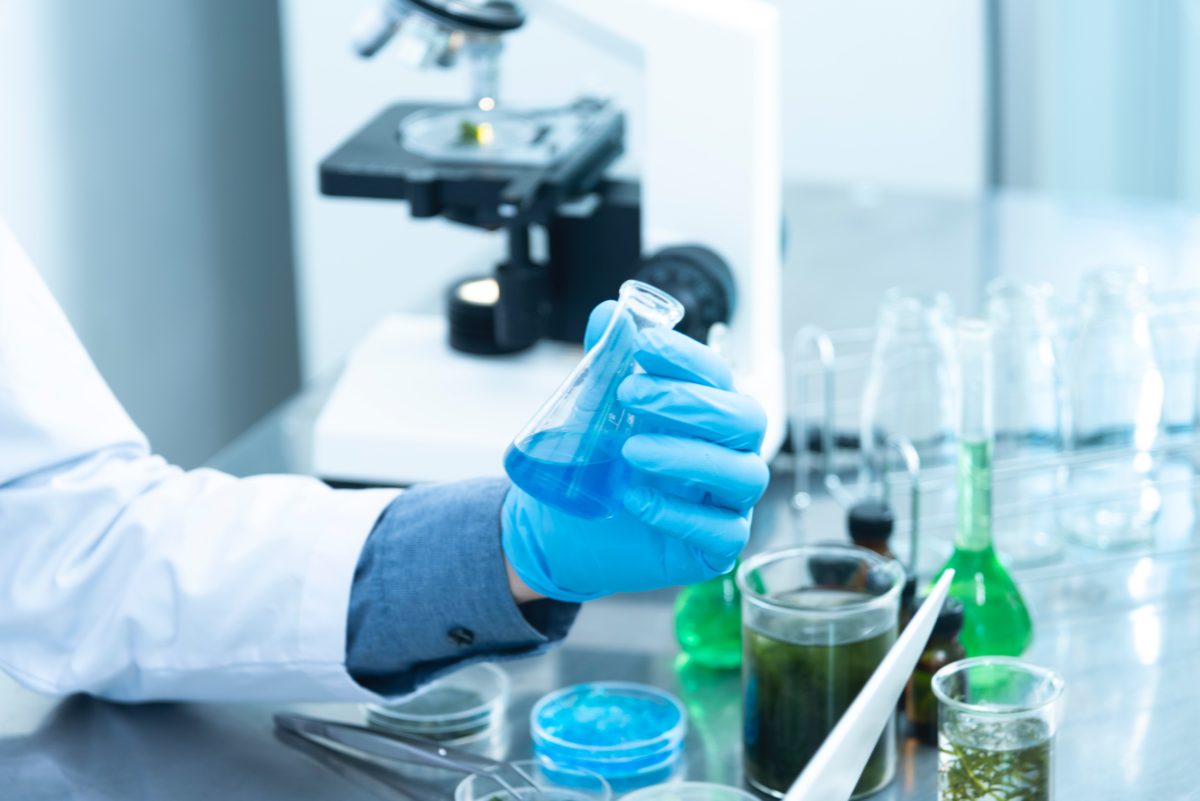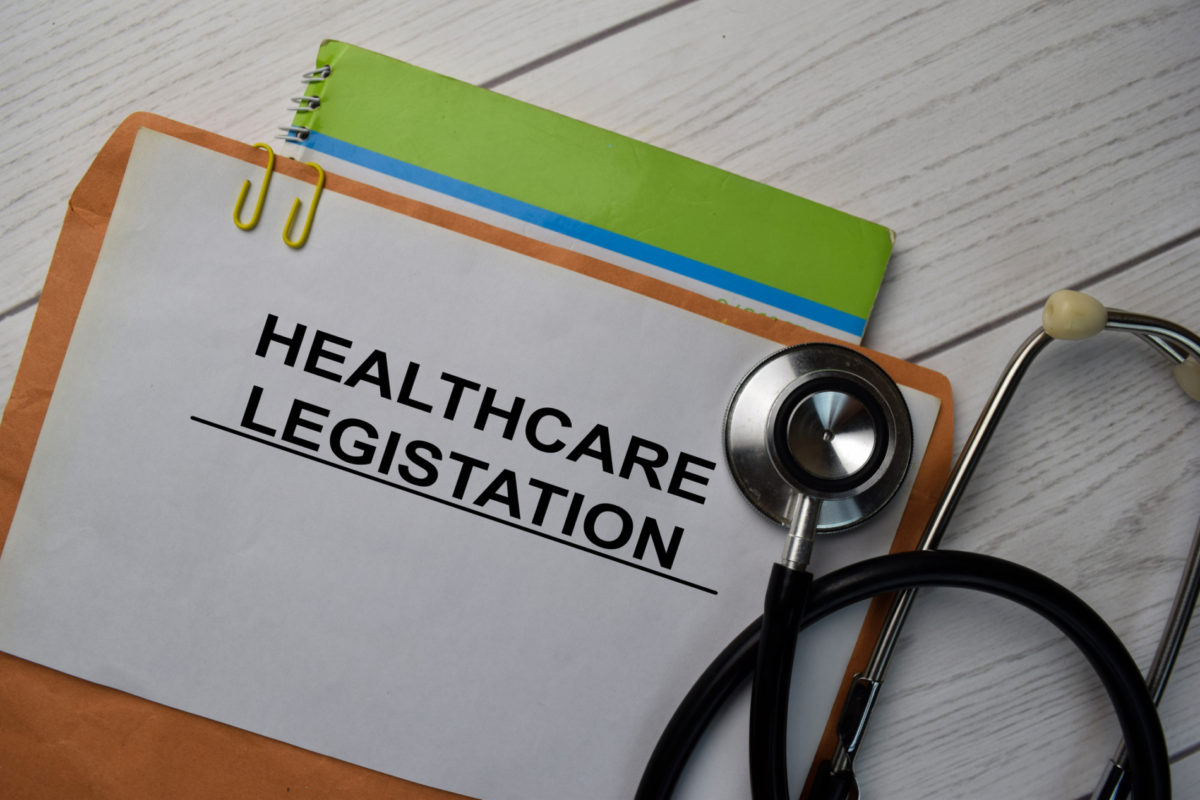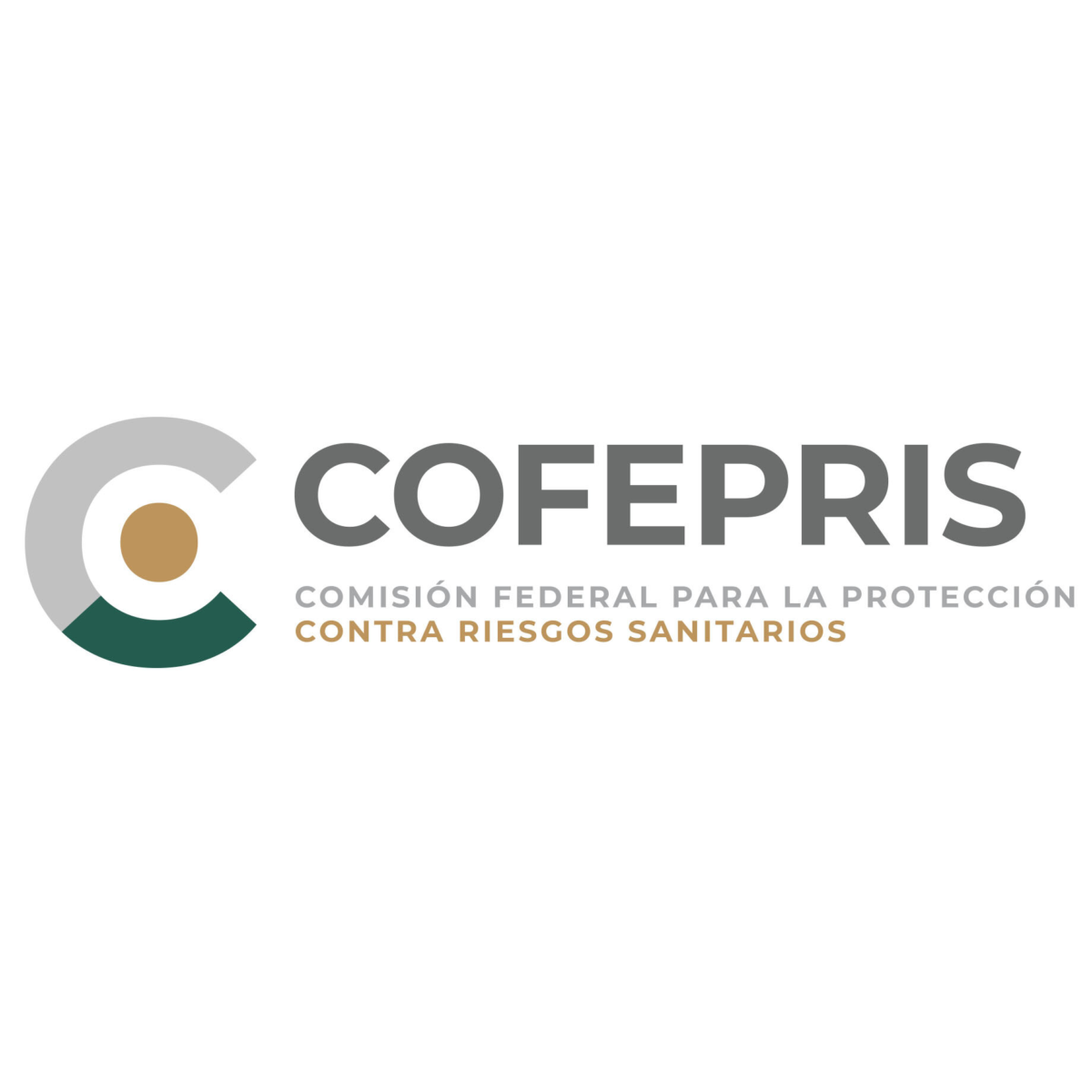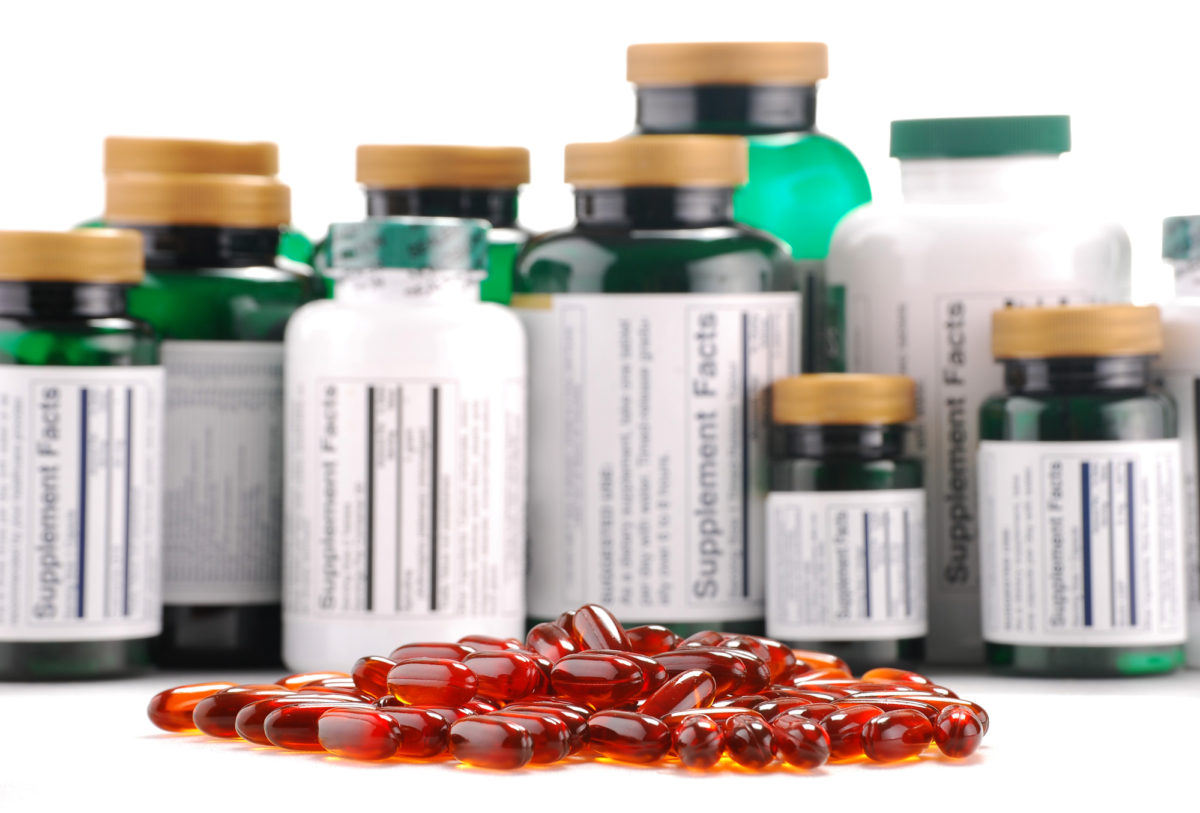In Mexico there is the possibility of grouping one or more similar products or similar products in the same Sanitary Registration, depending on their indication of use, functionality, physical or pharmaceutical form, manufacturing materials and manufacturing lines.
In the Supplement to the Pharmacopoeia of the United Mexican States for Medical Devices, version 5.0, there is a regulatory appendix that contains a guide to standardize the criteria applicable to Medical Devices in their different categories of Diagnostic Agents, Hygiene Devices, Surgical and healing supplies, Prostheses, Orthoses and functional aids, Medical equipment, Dental supplies and software. In which specific criteria are established for each category of Medical Device, however, before taking into account the criteria that specifically indicate the characteristics of the products, certain general criteria must be considered that allow the products to be categorized appropriately.
When you want to know if the products to be registered can be included in a single registration, the first criteria that must be considered are the following:
General Criteria:
- The product must be manufactured by the same manufacturer, whether a subsidiary or a Third party manufacturer.
- That the product has the same Commercial name, generic name and indication of use.
Subsequently, if the products meet the criteria above, with the help of the following grouping criteria based on the categories of medical devices, a more specific evaluation is carried out based on their characteristics to then determine if they can be included in a single registration.
✔ Diagnostic agents:
- Kit or package of reagents: They can be included in the same registration as long as they are for the same determination or identification of the same analyte, parameter or object of study.
- Rapid tests: They can be included in a single registration per physical form of support (test strips, cassettes, pen, among others). Test strips, control and calibrator can be registered as a Kit, as long as they are intended for use with the rapid test only.
- Exclusion: lancets, cotton or alcohol wipes, glucometer or self-diagnosis equipment, must be registered separately.
- Culture media: Same indication for use, same composition or formula and physical appearance.
- Dehydrated, prepared and semi-prepared culture media, in a bottle, tube or plate, that have the same indication of use for the selective medium can be included in the same registration. Supplements of unprepared culture media that are necessary for them to fulfill their indication for use can also be included.
- Control materials: They should be grouped by diagnostic specialties.
✔ Hygiene Products: Products that only differ in the following components of their formula can be included in a single registration: Colorant, flavoring, or perfume; and that they retain their general physicochemical characteristics (e.g. pH, density, viscosity, stability, etc.). As many presentations as requested can be authorized as long as it is the same supply, only the size or weight changes, but not the formulation or indication for use.
✔ Surgical and healing material, Prostheses, Orthoses and functional aids
- Same type of product with its presentations and models: as long as they are made of the same materials, manufacturing, formulation or composition, indication of use and distinctive name.
- System: Supplies that are packaged together or not, that are for exclusive use among themselves, intended to be interconnected or combined with the purpose of achieving a specific indication of use, can be registered in this way.
✔ Medical equipment
- Medical equipment with components and accessories: All that is necessary for the performance and function of the medical equipment can be registered in a single Sanitary Registration.
- Different models, presentations or sizes can be included as long as they have the same technology or indication for use.
- Medical instruments: Same indication for use, technique, surgical procedure, field of application or purpose of use.
- A type of instrument can be registered with its different presentations or models as long as it is made of the same material and has the same indication of use.
- System: The instruments required for the placement of a specific prosthesis may be registered as a system as long as they are intended for the same indication of use or surgical technique.
✔ Supplies for dental use: Intended for the same indication of use or dental surgical procedure, same manufacturing material.
- For formulas: You can add as many as you want as long as the active principle or ingredient does not change.
- Systems: Same dental surgical procedure, or its presence in the system is otherwise justified.
✔ Software: this is a new category and there are still no specific criteria for this type of product, for the moment only the general criteria would apply.
Note: Presentations intended for distribution in different commercial chains can be included in the same registration, as long as the same Commercial name is maintained.
Each product individually must comply with the guidelines established by the Secretary of Health to obtain the Sanitary Registration of Medical Devices and as always, the final criterion when granting the registration will be that of the Reviewer.
Source:
Pharmacopeia of the United Mexican States Medical Device Supplement 5.0, 2023
